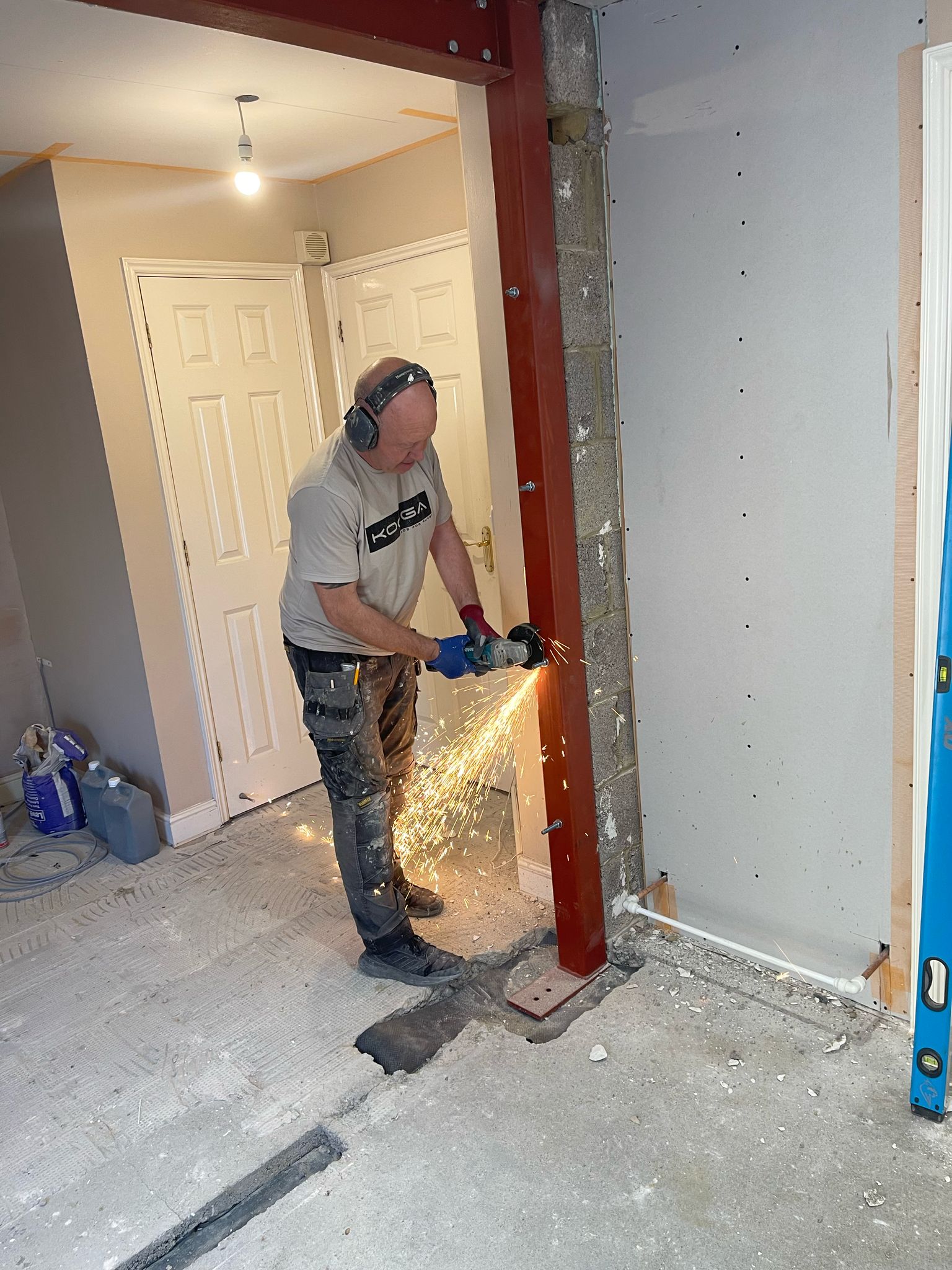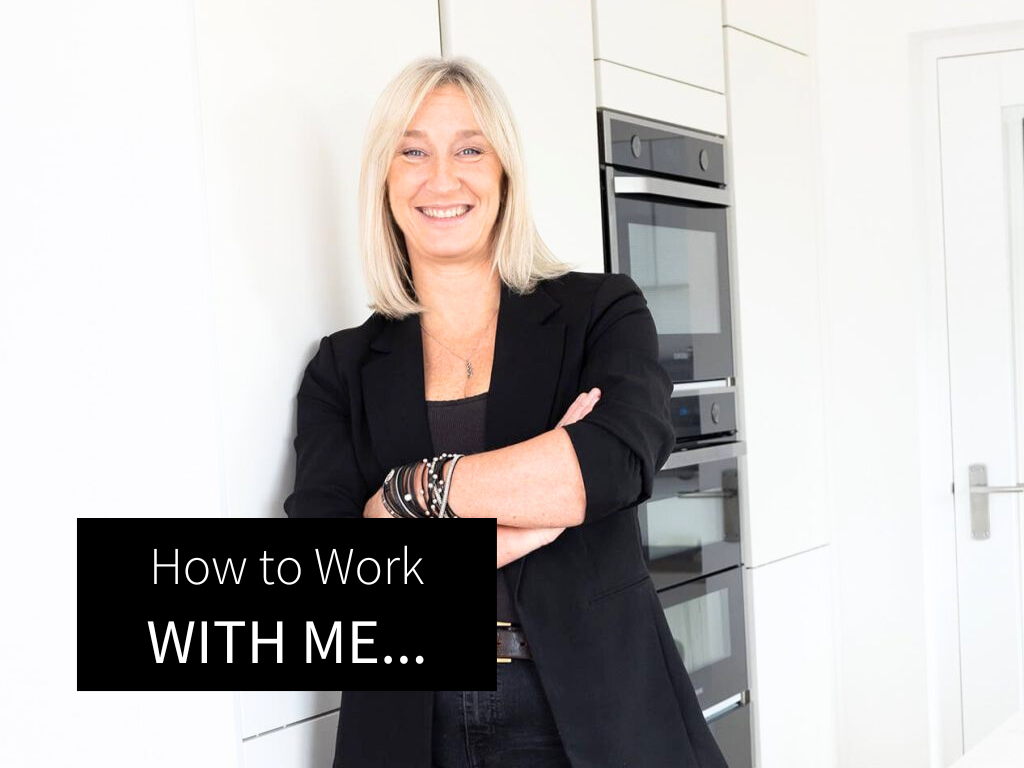And how I avoid them! When it comes to kitchens, layout is everything. You can have the most beautiful cabinetry and colours in the world, but if the layout doesn’t work for the way you live, it’ll never feel right.

Over the years, I’ve seen plenty of well-intentioned plans that look good on paper but fall apart in real life. Here are five of the most common layout mistakes I see, and how I design to avoid them.
1. Not allowing enough space around key areas
A common issue is underestimating how much room you actually need to move comfortably, especially around islands and between runs of cabinets. I often see tight walkways or fridges that can’t open properly without blocking another area.
When I design, I always build in realistic clearances. It’s not just about fitting things in, it’s about making sure they work together. You should be able to open the dishwasher while someone else makes a coffee without having to play kitchen Tetris.
2. Putting form before flow
Pinterest is wonderful, but it can tempt people to plan their kitchen around a photo rather than their own routine. I start every layout by looking at how you use your kitchen: who cooks, how often, whether you like to entertain, before suggesting a single cabinet.
That’s how we decide whether you need a central island, a breakfast bar, or an open run of units instead. Layout should always support your habits, not dictate them.
3. Ignoring practical zones
The traditional “kitchen triangle” (sink, hob, fridge) is still a useful guide, but modern kitchens often work better when planned in zones. I create zones for prepping, cooking, serving, and clearing up, which means the right tools are where you need them.
It’s a subtle shift, but it can make everyday life so much easier. For example, I’ll often place the dishwasher close to the cutlery drawer and crockery cabinet, so unloading becomes effortless.
4. Forgetting storage where it counts
Storage mistakes usually happen when people think in terms of cupboards, not contents. I always ask what you actually need to store, food mixers, trays, tall bottles, pet food, before finalising any design.
Well-planned storage turns a good kitchen into a great one. Think deep drawers instead of cupboards, tall pull-outs beside ovens, or a breakfast pantry that keeps small appliances hidden but accessible.
5. Treating lighting as an afterthought
Lighting can make or break how a kitchen feels once it’s installed. While I don’t specialise in lighting design, I do make sure my layouts allow for layered lighting, task lighting under wall units, ambient lighting above, and feature lighting where it adds warmth.
It’s far easier (and cheaper) to plan wiring routes early than to add them later. I often liaise directly with the electrician to ensure everything aligns before plastering begins.
Designing a kitchen that actually works
A successful kitchen layout isn’t about following a formula, it’s about creating a space that supports how you live. My job is to think through the details so you don’t have to: where you’ll make your morning coffee, how drawers open, what you’ll see when you walk in.
If you’re planning a kitchen renovation and want help getting the layout right from the start, I’d love to help.
Book a free consultation to talk through your ideas.
Have a good week!
Vicky


